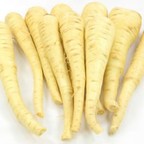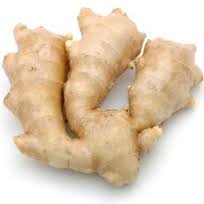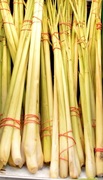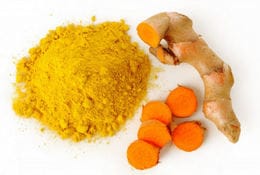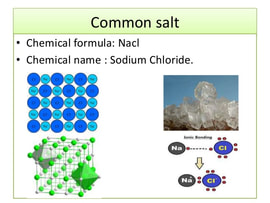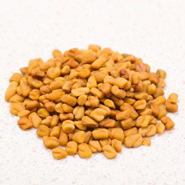
It is a rich reservoir of medicinal properties that imparts many health benefits. It reduces the risk of heart disease, lowers blood cholesterol, increases levels of potassium, controls blood sugar, aids digestion, reduces heartburn, helps reduce menstrual discomfort (one of its compounds, diosgenin, has properties similar to estrogen, used for erectile dysfunction and libido.


